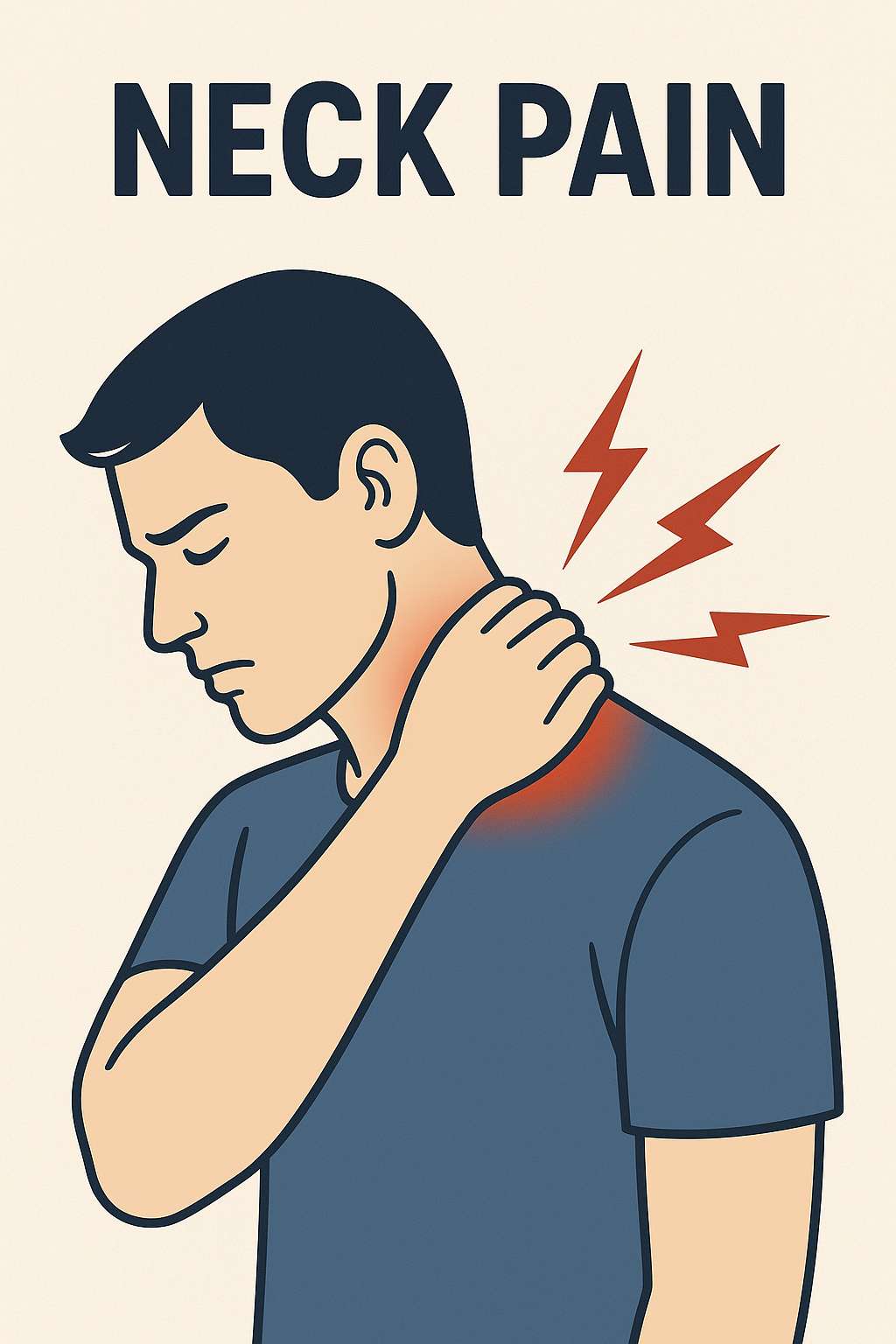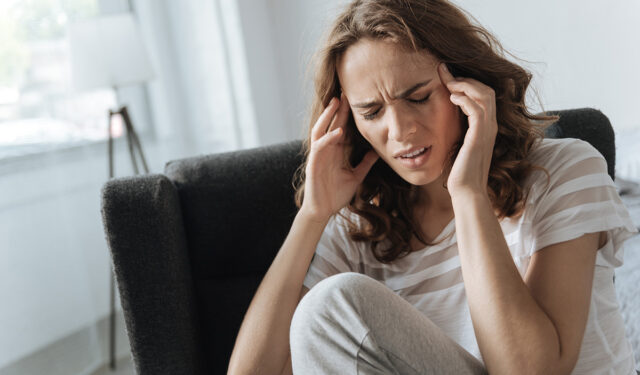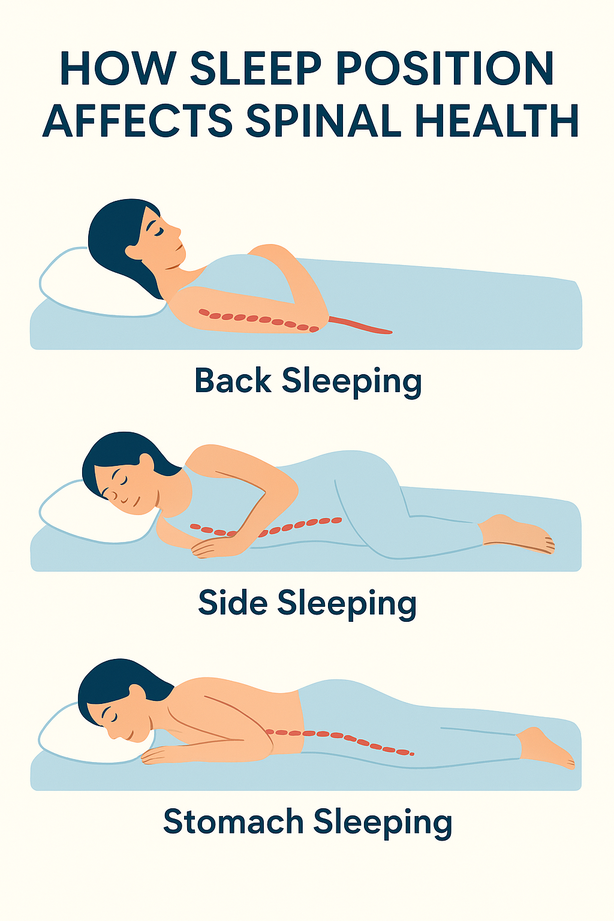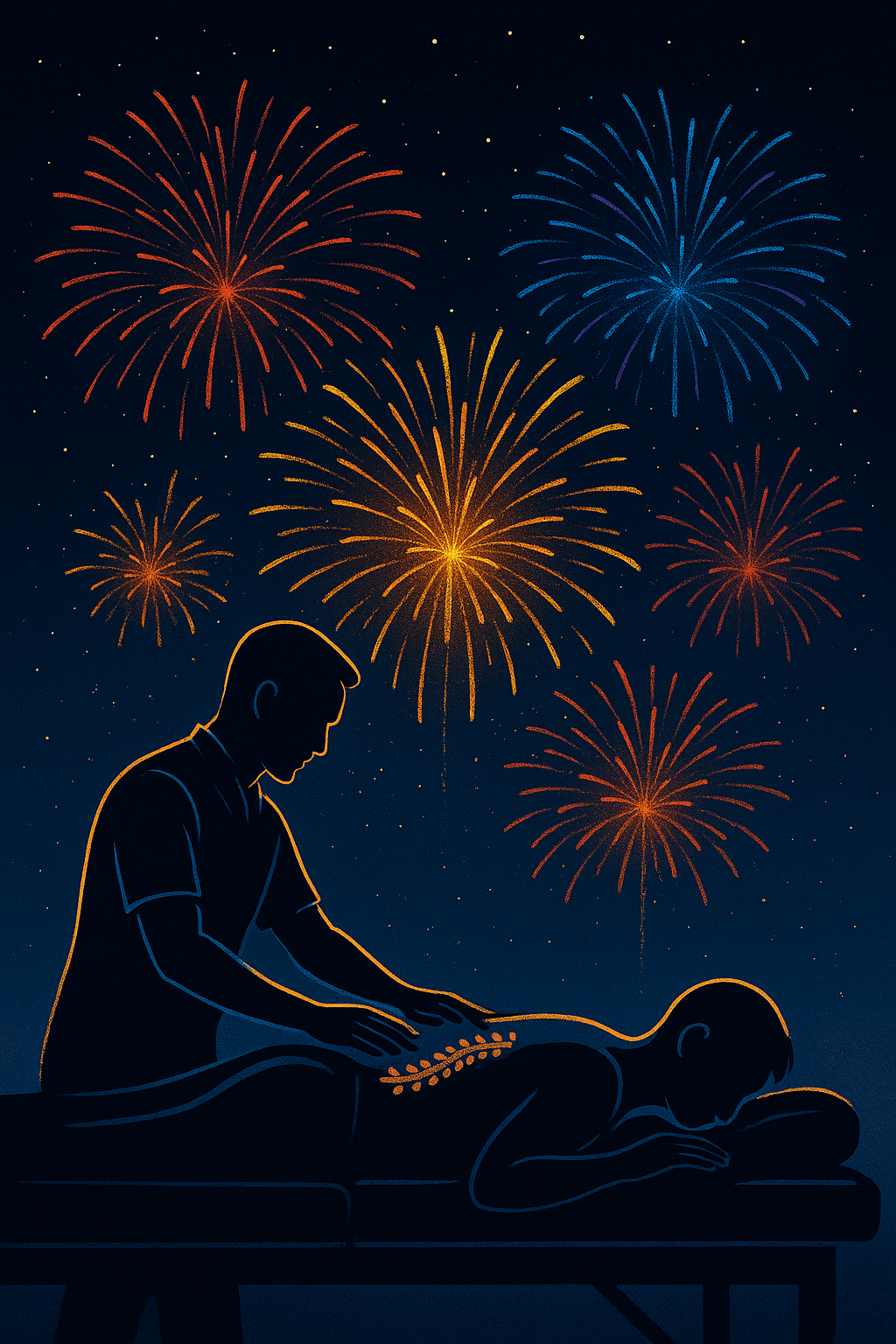Classic Migraine
This type of migraine accounts for about 10-15% of attacks with the typical throbbing unilateral headache as in a common migraine, but is preceded by what is known as ‘aura’ or ‘prodrome’. This describes symptoms experienced prior to the onset of the throbbing headache such as:
- visual symptoms such as flashing lights (scintillation)
- the presence of a blind spot (scotoma).
These represent about 10–15% of attacks. The headache is similar to a common migraine, but is preceded by an “aura”—a set of symptoms like:
The aura usually lasts up to 30 minutes, followed by a severe headache that can last for several hours or even up to 3 days. Symptoms may also include:
Most people find relief by resting in a cool, dark, and quiet room.
If you want to read more about other types of migraine go to Chiropractic and migraine variants.
Triggers
Identifying your personal triggers is a key part of managing migraines. Common triggers include:
Stress (especially after a stressful period, such as weekends or holidays)
Foods like chocolate, caffeine, cheese, wine, and nuts
Certain medications, including vasodilators
Sleep disturbances
Hormonal changes, especially during menstruation
Neck tension, particularly in the upper neck
In many cases, people experience a mix of headache types, not just a pure migraine or tension headache. Health professionals now often refer to a “headache continuum”, ranging from mild tension headaches to severe migraines.
Treating Migraines
Lifestyle Changes
Managing migraines starts with identifying and avoiding triggers. Simple lifestyle changes such as:
can make a big difference.
Nutritional Support
Supplements like omega-3 fatty acids, magnesium, calcium, and vitamin D may help reduce migraine frequency. Always consult a healthcare provider before starting supplements.
Medications
Over-the-counter medications are often effective for occasional migraines. If headaches become frequent or severe, your GP may prescribe prophylactic (preventative) medications.
Acupuncture
Some studies show that acupuncture can help reduce migraine frequency and severity.
Chiropractic Care for Migraines
Chiropractic treatment has helped many patients reduce both the severity and frequency of migraines, particularly common migraines. Chiropractors address contributing factors such as:
Restricted neck movement
Muscle tension in the neck, shoulders, and upper back
Postural issues that may trigger or worsen headaches
Treatment often includes spinal adjustments, postural advice, and exercises to improve neck mobility and reduce stresson the nervous system.
A trial of chiropractic care may be a worthwhile option for those suffering from chronic or recurring migraines.




